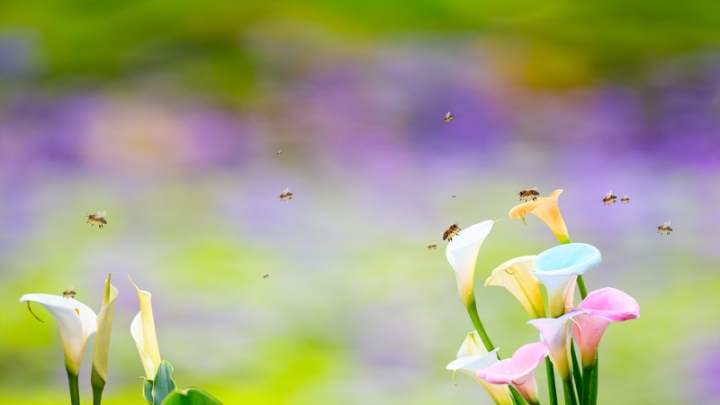(RxWiki News) The arrival of spring might be a welcome break from the harsh weather of this past winter, but the season’s change isn’t always good news for those who are sensitive to certain allergens.
Around 50 million Americans have seasonal allergies — also called hay fever and allergic rhinitis — according to the Asthma and Allergy Foundation of America (AAFA).
The foundation's most recent report lists the top 100 cities in the US where people will be most affected by seasonal allergies.
This report is called the Allergy CapitalsTM report. It takes the following factors into account:
- Pollen counts
- Use of allergy medicine
- Number of board-certified allergists
For 2020, the top 10 most difficult cities to live in with seasonal allergies are as follows:
- Richmond, Virginia (most challenging)
- Scranton, Pennsylvania
- Springfield, Massachusetts
- Hartford, Connecticut
- McAllen, Texas
- New Haven, Connecticut
- San Antonio, Texas
- Bridgeport, Connecticut
- Oklahoma City, Oklahoma
- Pittsburgh, Pennsylvania
Did your city make the the top 10 list? You can find the remaining 90 cities on the AAFA's website.
The most frequent trigger of springtime seasonal allergies is tree pollen. Starting as early as January in some places, tree pollen season can last until July. This type of pollen is hard to avoid because it is smaller in size. As a result, it can be carried by the wind — for miles.
Here are some steps you can take to prevent or treat allergies:
- Reduce your contact with pollen – Stay indoors, close windows and check air filters.
- Medications (over the counter and prescription) – Experts suggest taking allergy medicine before the allergy season begins to prevent symptoms before they even start.
Before allergy season, talk to your health care provider about which allergy medication is right for you.
For more information, read "Allergies 101."
Speak with your health care provider if you have any questions.







